Strings, or string instruments, play a fundamental role in electronic music production, bringing emotional depth and a unique sound texture to compositions.
Whether for adding subtle nuances or creating majestic orchestral arrangements, virtual strings offer producers a vast range of creative possibilities. Indeed, virtual strings are highly appreciated for their undeniable versatility.
In modern music, virtual strings play a crucial role and are ubiquitous in many genres, ranging from film soundtracks to electronic music. Film composers frequently use virtual strings to create specific atmospheres and emotions, accurately simulating orchestras. In electronic music, virtual strings add textures and harmonic layers in genres like techno and house, creating ethereal and immersive atmospheres. This demonstrates the importance and flexibility of virtual strings for producers.
1. Virtual Strings: What You Need to Know

Virtual strings, also known as “virtual string instruments,” are software tools used in music production to replicate the sounds and characteristics of traditional string instruments such as the violin, cello, viola, and double bass, among others.
They are designed to operate within a DAW or other music software and are often distributed as VST plugins (Virtual Studio Technology). These VST plugins simulate string instruments using various technologies.
Virtual instruments can be classified into two main categories: those based on sound synthesis and those using real samples.
a. Sound Synthesis
Sound synthesis is a technique that generates sounds artificially using various algorithms and digital techniques. Synthetic string instruments can offer great sound flexibility, allowing composers and producers to manipulate the sound very finely. However, they may sometimes lack the realism of real instrument sounds.
b. Real Samples (Samples)
Virtual string instruments based on real samples use audio recordings of string instruments played by musicians in professional recording conditions. These samples are then integrated into software or a plugin that allows them to be played and manipulated.
Real samples offer exceptional sound realism, capturing the nuances and characteristics of human performances. However, they may be less flexible than synthetic sounds in terms of sound manipulation.
2. Types of Strings
From orchestral ensembles to virtual soloists to innovative hybrids, each type of string brings its own texture and sound to modern music.
Orchestral ensembles include a variety of string instruments, such as:
- violins
- violas
- cellos
- harps
- double basses
Each offering a distinctive contribution to the overall sound. First violins play the main melody with agility, while second violins support with harmonies. Violas add a rich middle voice, while cellos provide warm bass lines. Double basses provide the rhythmic and harmonic foundation.
Let’s explore together the different types of strings available in VST plugins, their characteristics, typical uses, and examples of available Capsules for each category.
a- Ensemble Strings
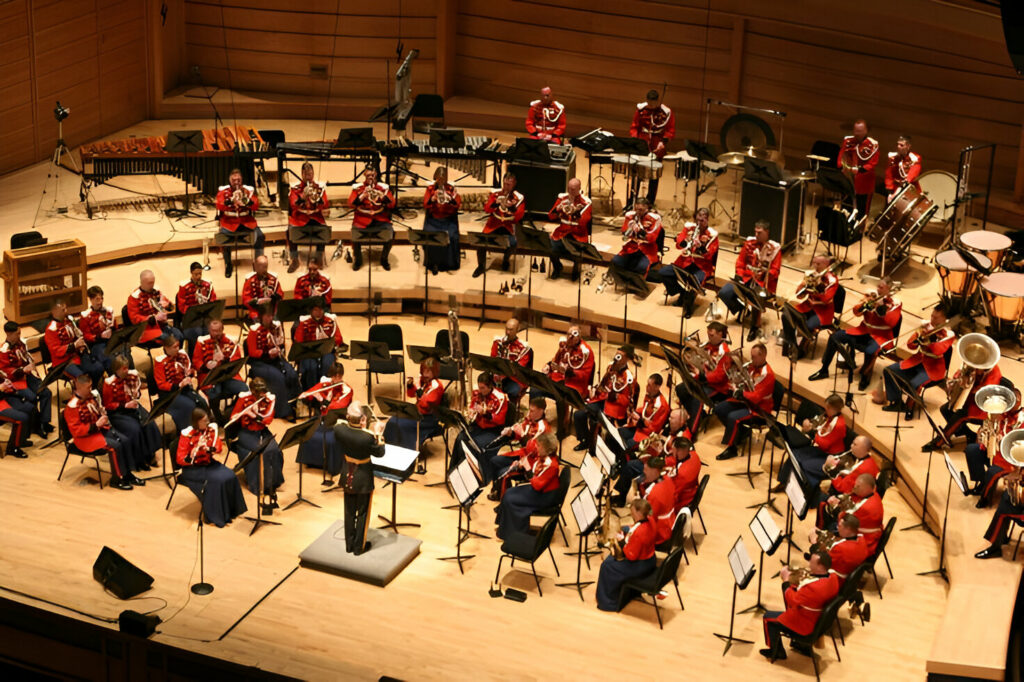
- Ensemble strings are complete sections of string instruments, similar to those of a symphony orchestra but without woodwinds, brass, and percussion instruments.
- Violins: Typically, there are between 30 and 40 violins. They are often divided into two sections: first violins, with 16 to 20 violins, and second violins, with 14 to 18 violins.
- Violas: Generally, there are between 10 and 12 violas. This number may vary depending on the repertoire and conductor’s preferences. Large symphonic works or those requiring a richer and more complex sound may sometimes have up to 14 or 16 violas.
- Cellos: The number of cellos is usually between 8 and 12.
- Harps: There are typically 1 or 2 harps.
- Double Basses: The number of double basses is generally between 6 and 8.
- They are widely used to create rich and powerful orchestral arrangements in a variety of musical genres, ranging from classical music to pop and film music.
- The exact number of instruments in an ensemble strings often depends on the specific requirements of the repertoire and the composer’s musical context.
- The distinctive features of ensemble strings lie in their ability to create grand atmospheres, rich melodies, and lush harmonies. They can add a cinematic dimension to a production, create a romantic ambiance, or simply enrich a track with their warm and enveloping sound.
- In the “Arco Classico” capsule catalog, there is an extensive range of sounds and playing techniques to bring your compositions to life with authentic orchestral grandeur perfectly matching ensemble strings.
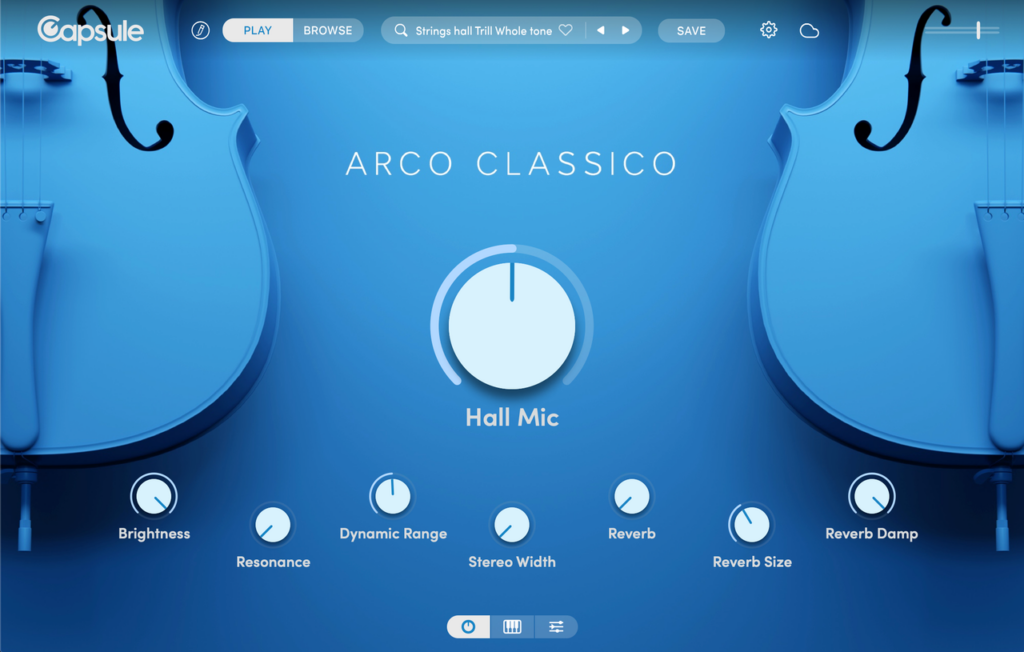
b- Small Strings ensembles
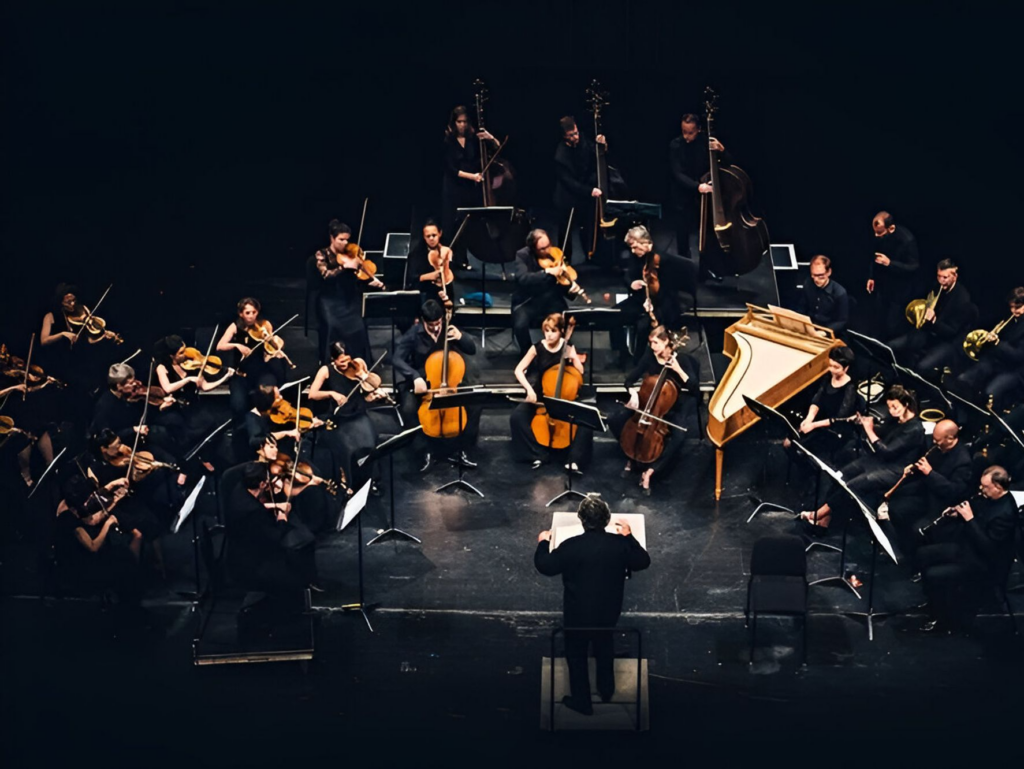
- Small strings ensembles, or chamber ensembles, are used to achieve a more intimate and detailed sound, often composed of 6 violins, 6 violas, or 6 cellos. They are ideal for lighter arrangements and solo passages.
- Whether accompanying a solo voice, creating chamber arrangements, or adding gentle accents to a production, small strings offer a versatile and captivating sonic palette.
- In the Capsule catalog, the VST “Arco Ensemble” offers a wide range of string instruments with exceptional sound quality and authentic expressiveness, allowing producers to create intimate and striking orchestral performances.
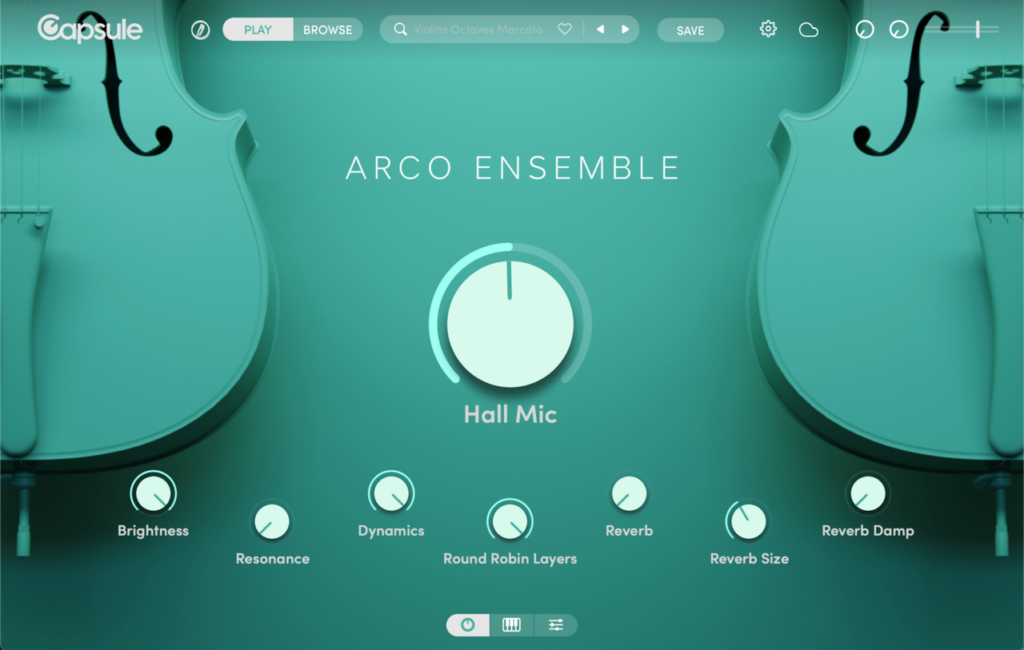
c- Solo Strings
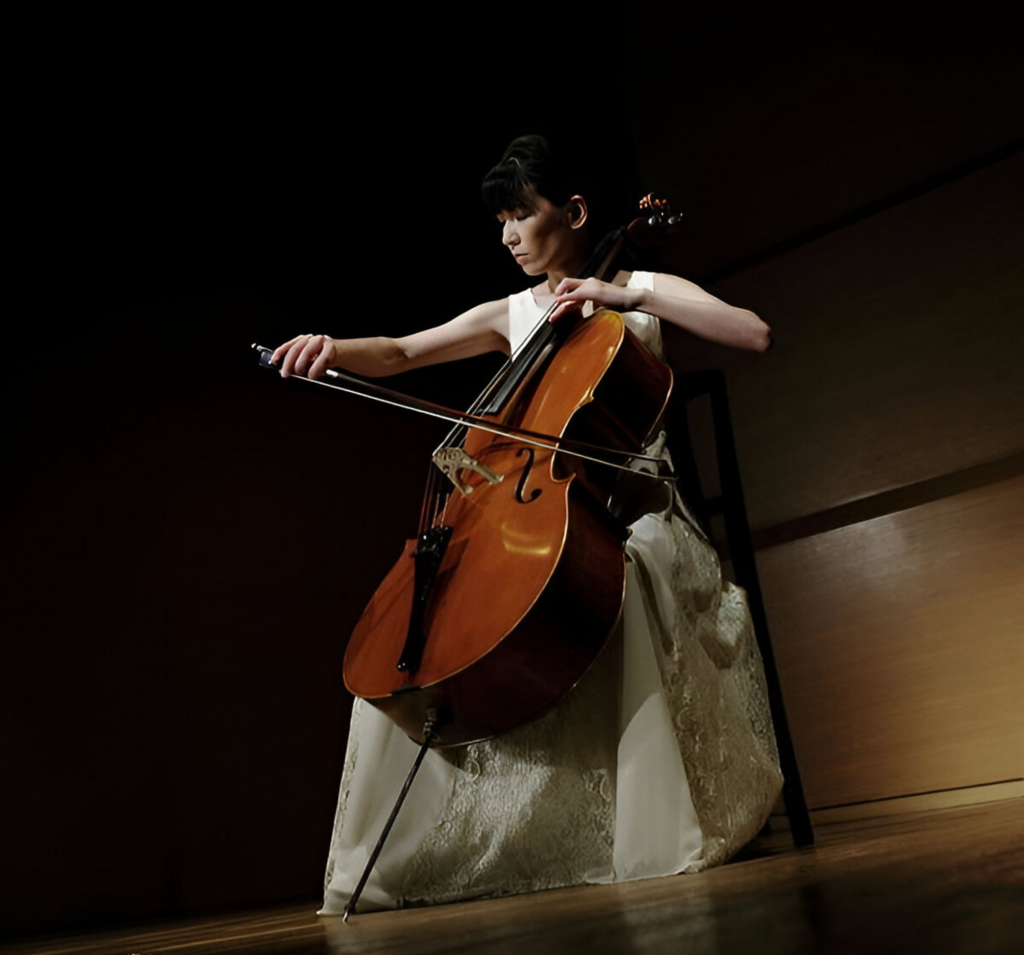
- Solo strings, or solo string instruments, typically consist of 4 instruments such as solo violin, solo viola, solo cello, and solo double bass.
- They hold a special place in music production, allowing musicians to convey a wide range of emotions through their ability to modulate sound and great flexibility in terms of style and musical genre, enabling musicians to create a variety of solo performances, ranging from moving ballads to virtuoso solos to poignant melodies.
- Among the capsules specialized in solo instruments, we offer the “Arco Solista” capsule, which perfectly matches solo strings with its realistic reproduction of the sound of a solo violin and exceptional sound quality.
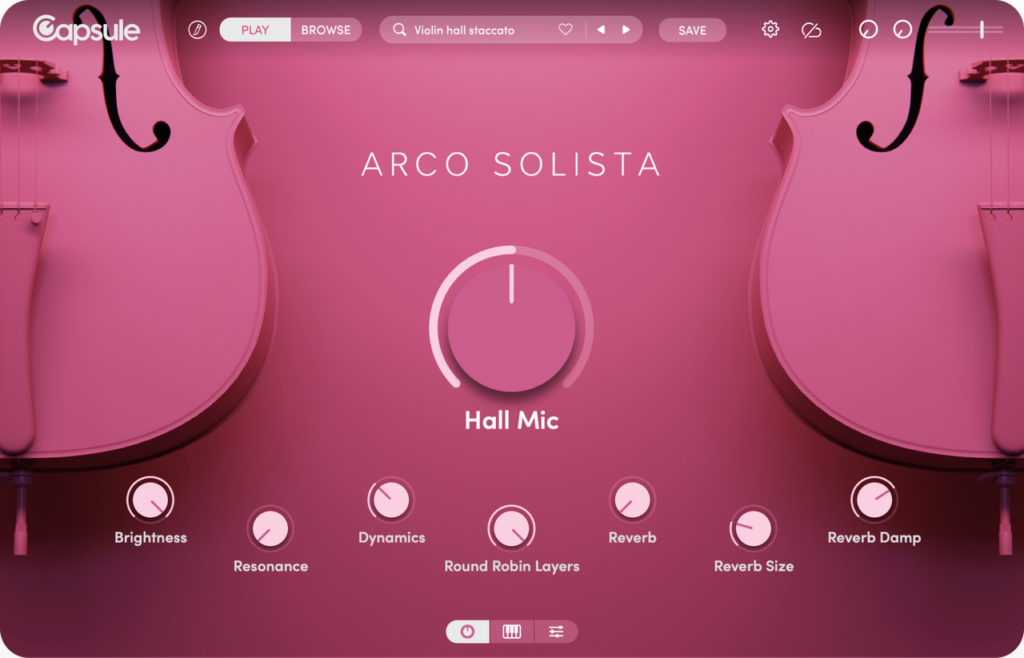
d- Hybrid Strings
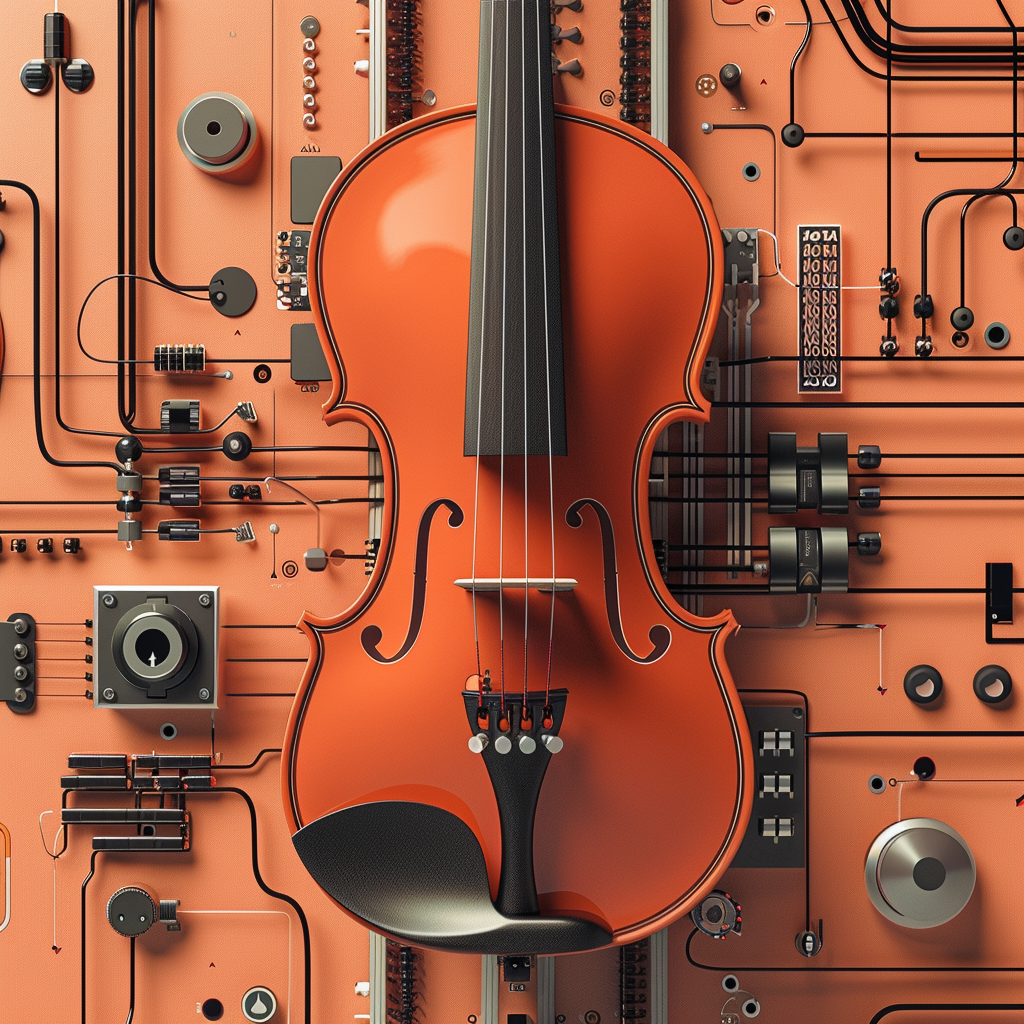
- Hybrid strings combine the sounds of traditional acoustic string instruments with the creative possibilities offered by sound synthesis. This approach blends the rich and organic textures of acoustic strings with the modulation and sound manipulation possibilities offered by synthesis techniques, creating unique and evocative sounds.
- Hybridization of strings can take several forms, including
- Superposition de sons: This involves combining recordings of acoustic string instruments with synthetic elements to produce complex and evolving sound textures.
- Modeling and manipulation: Recorded acoustic strings can be modeled and sonically manipulated to generate unique and experimental effects.
- Integration of electronic playing techniques: Hybrid strings may also include the integration of electronic playing techniques, such as real-time MIDI control or gestural manipulation, to produce interactive and expressive performances.
- In the Capsule catalog, the VST “Arco Nuovo” perfectly combines recordings of acoustic string instruments with synthesizers, providing modern and unique sound textures, creating an adequate hybrid strings solution.
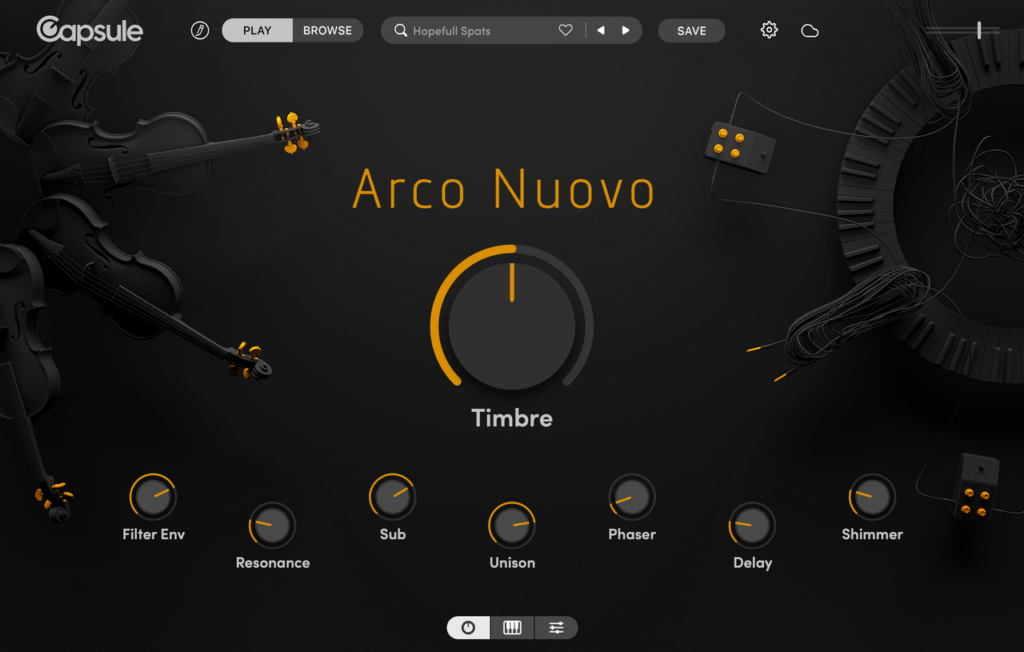
e- Synth Strings
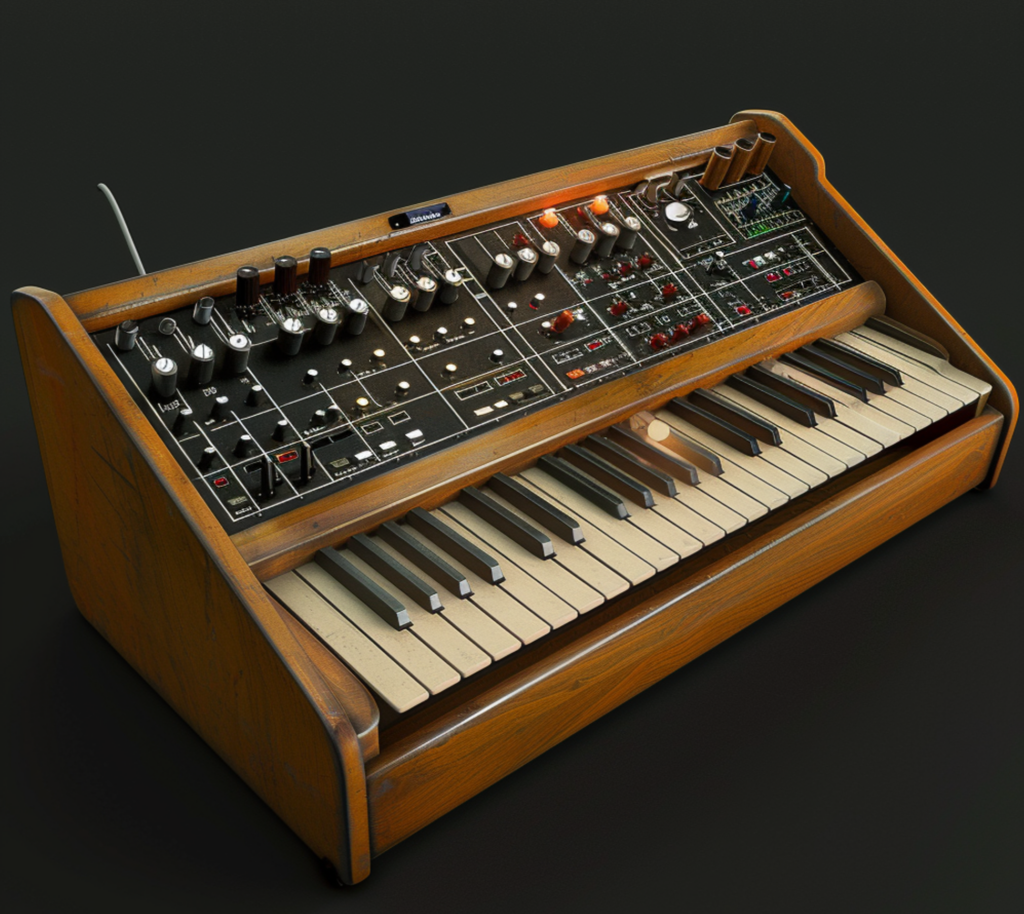
- Synth strings are string sounds created through sound synthesis rather than samples of real instruments. They offer a distinct and futuristic sonic palette with extensive modulation possibilities. Emerging in the 1970s, these synthetic strings used subtractive synthesis to produce warm and ethereal sounds. Technology has evolved, offering more sophisticated and versatile synthesizers while retaining a distinct retro sound. Used in various musical genres, they are essential in electronic, pop, and cinematic music.
- Synth strings differ from traditional acoustic strings in several ways:
- Synth strings are electronically generated from scratch, while traditional acoustic strings are recorded from real instruments.
- Synth strings offer great flexibility and high control over the sound, allowing manipulation of every aspect of timbre and sound texture. In contrast, traditional acoustic strings are limited by the sound characteristics of the recorded instrument.
- Synth strings offer an unlimited creative platform to experiment with new sounds and unique sound textures. In contrast, traditional acoustic strings, although expressive and emotional, are more rooted in the conventions and sounds of classical and contemporary music.
- Although some modern synthesizers faithfully imitate the sound of strings, they often struggle to capture the harmonic complexity and nuances of acoustic string instruments. The produced sounds may seem more artificial and less rich in texture.
- Synthesizers often offer less expressiveness and dynamics. Although they can be programmed to respond to variations in velocity and modulation, they often lack the nuanced response of a real instrument, which can limit the emotional impact of the music.
- The “Retro Strings” capsule is a VST created based on synthetic strings offering wide possibilities for sound customization. Additionally, it brings a vintage retro sound for modern versatility.
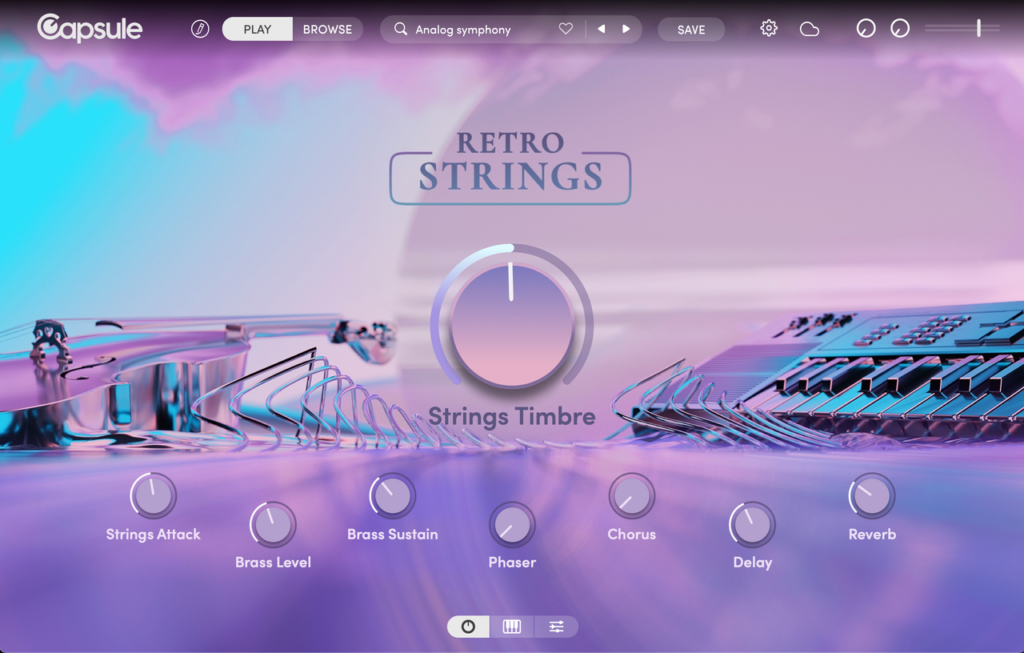
f- Quarter Strings
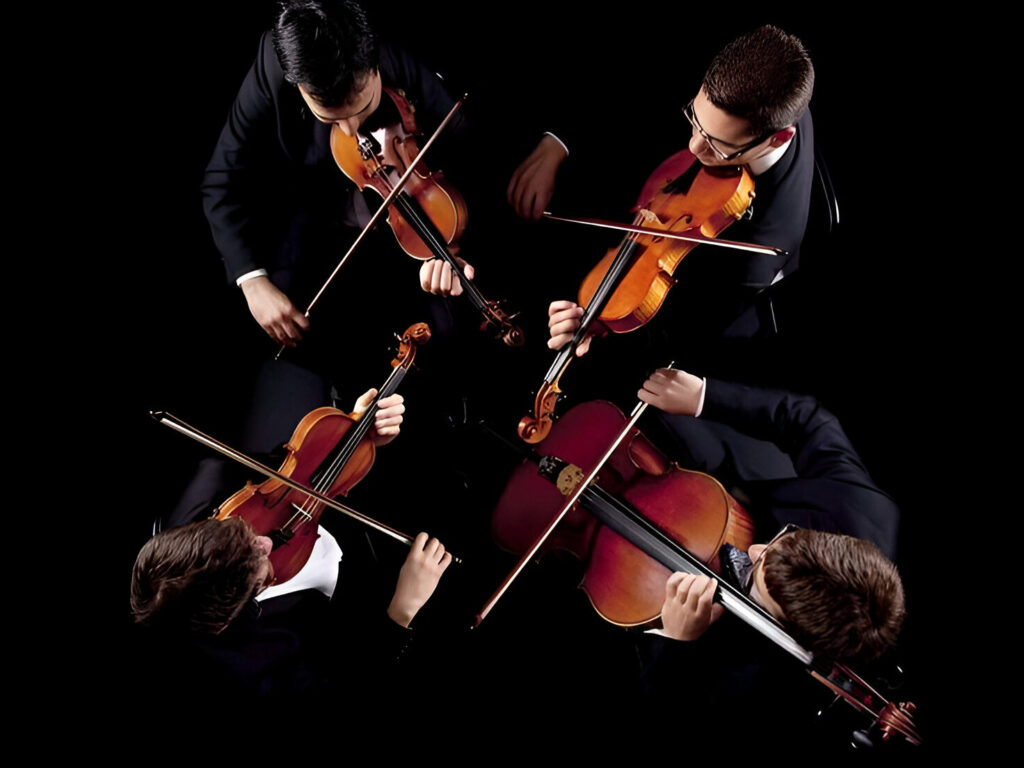
- A string quartet traditionally consists of two violins, a viola, and a cello. Their configuration allows for a balanced and versatile sound, ideal for more intimate arrangements offering remarkable harmonic richness and expressiveness.
- The instruments of a string quartet each bring their distinctive sonic character. Violins are often responsible for the main melodies, while the viola, slightly lower in pitch than the violin but higher than the cello, plays harmonic and contrapuntal roles. The cello, with its rich and full sound, provides a solid foundation and rhythmic support. String quartets are famous for their ability to interpret a wide range of musical styles, from classical to contemporary, jazz, and folk.
g- Chamber Strings
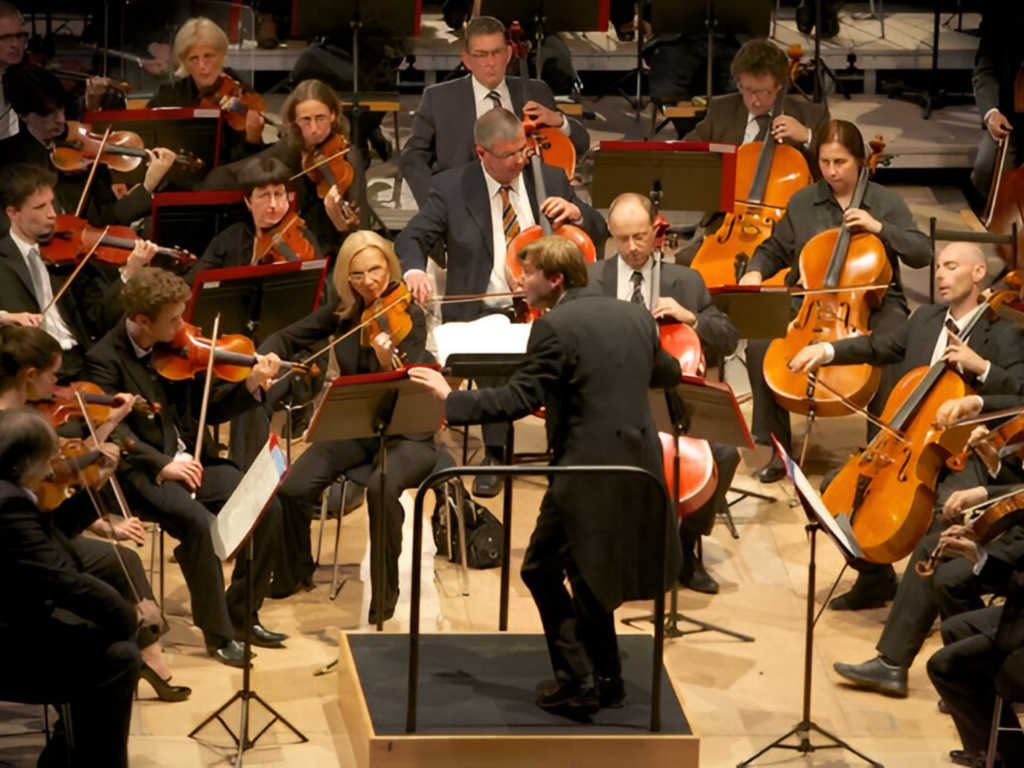
- Chamber strings, or chamber ensembles, distinguish themselves from larger string ensembles by their smaller size and more intimate sound.
- Unlike large orchestral formations, chamber strings consist of a limited number of string instruments. Often smaller than symphony orchestras, meaning they have fewer instruments, they typically number 5, a small group composed of violins, violas, cellos, and sometimes double basses.
- The use of chamber strings varies depending on the musical context and aesthetic needs of the composition. They are often integrated into chamber music arrangements, interacting with other acoustic instruments such as piano, flute, or clarinet. In the field of composition for film and television, they create emotional and evocative atmospheres. In contemporary music, they are appreciated for experimenting with innovative sound textures and unconventional playing techniques.
Conclusion
The various categories of virtual strings offer composers and music producers a diverse range of options to enrich their compositions and add unique emotional and sonic dimensions. From ensemble strings to synth strings to hybrid strings, each type brings its own sonic palette and distinctive characteristics, offering unprecedented creative flexibility.
Whether creating majestic orchestral arrangements, epic cinematic atmospheres, atmospheric sound textures, or avant-garde experiments, virtual strings offer a multitude of possibilities to explore and push the boundaries of modern music.
With the advent of high-quality VSTs and advanced technologies, composers and producers now have powerful tools to shape their musical ideas with precision and expressiveness. Whether you’re a professional or a novice, the world of virtual strings offers an infinite wealth of inspiration and creativity, allowing you to bring your compositions to life.


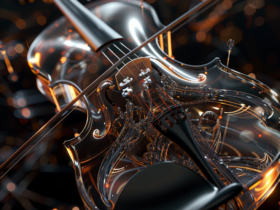
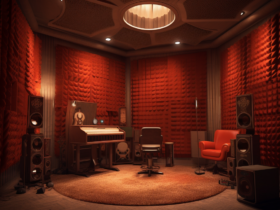

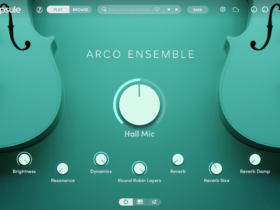
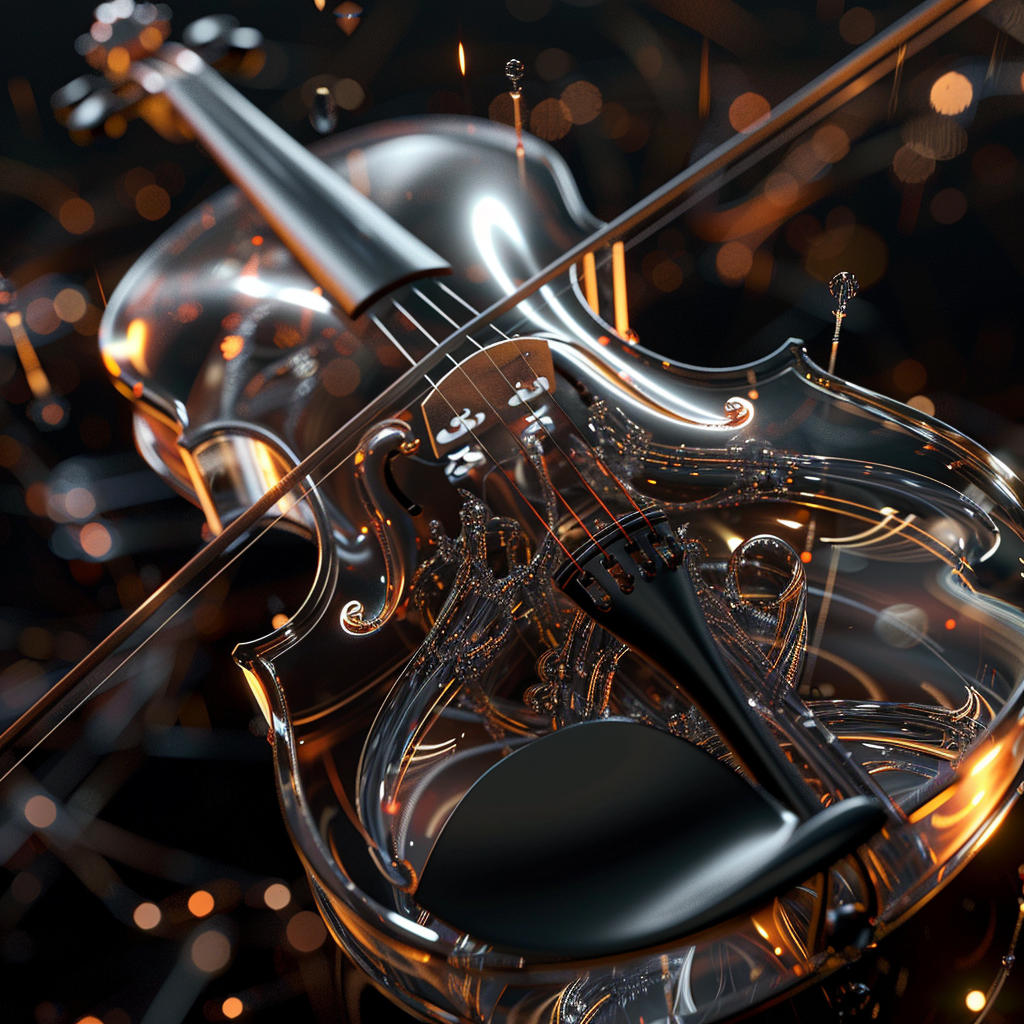
Leave a Reply